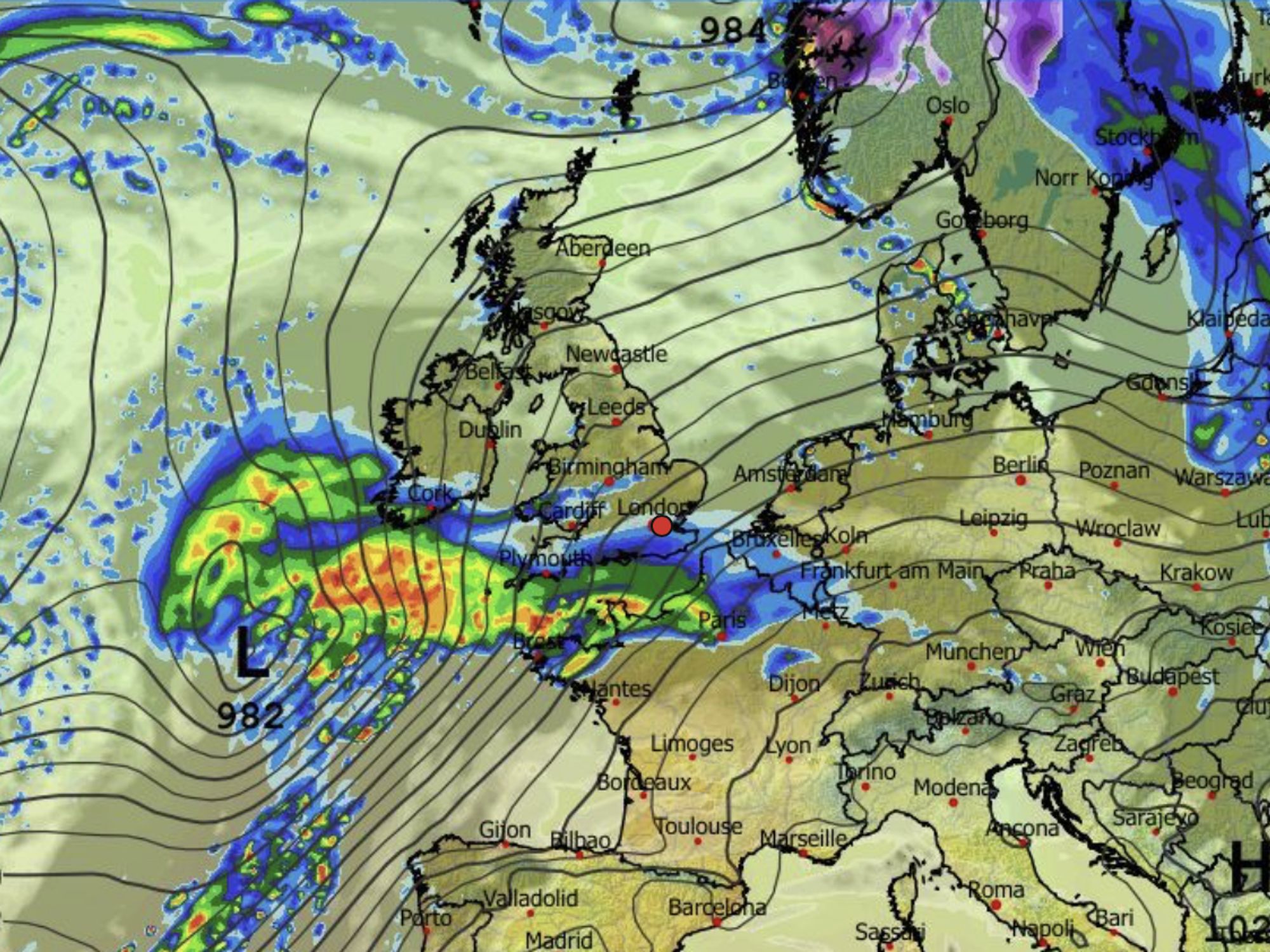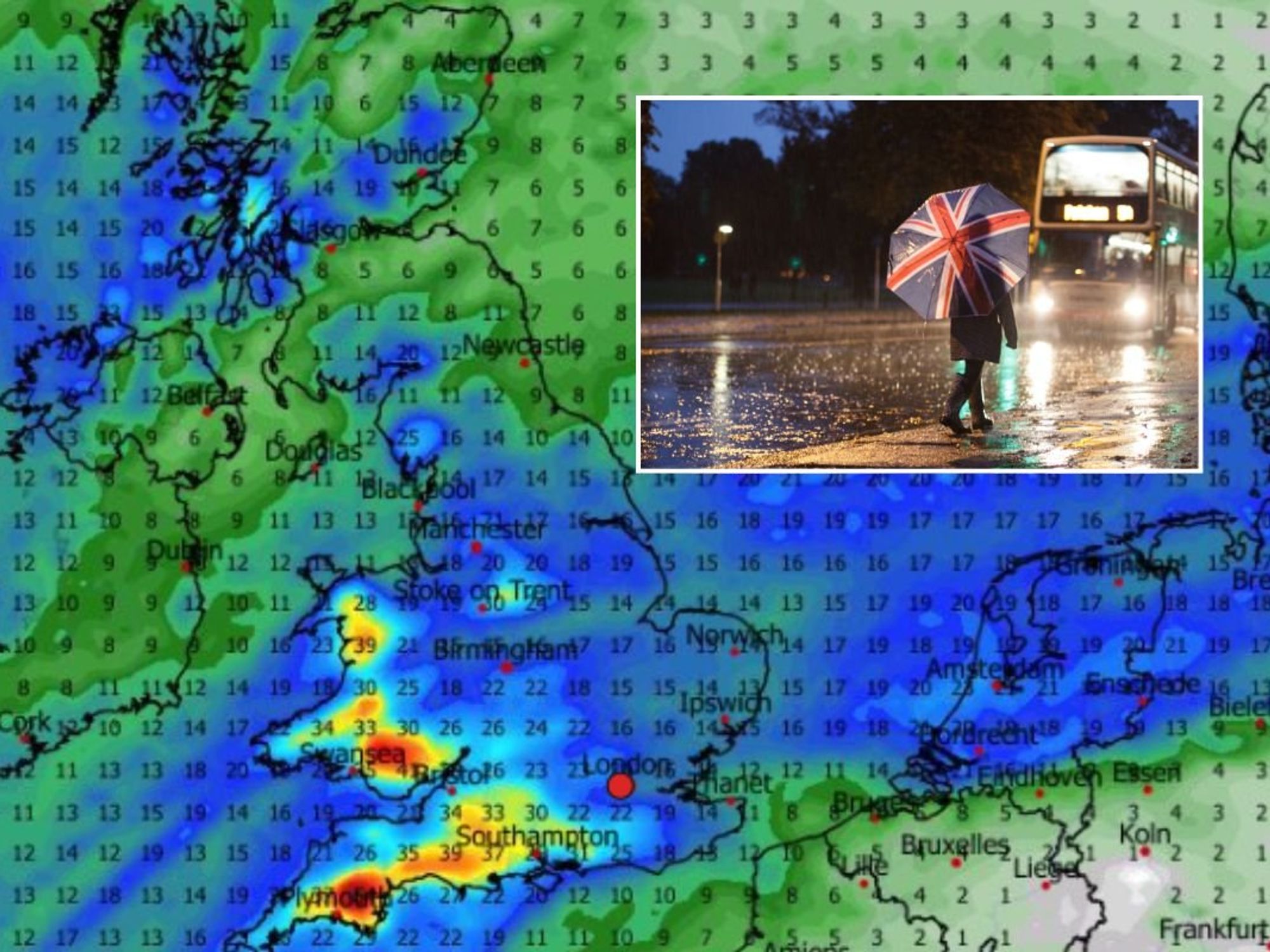Archaeologists excited by Bronze Age ingots dating back 3000 years discovered in 'very unusual' find
It is believed the objects found provide evidence of 'a specialised craft'
Don't Miss
Most Read
Latest
A trove of Bronze Age ingots dating back almost 3,000 years has left archaeologists excited by the "very unusual' find.
The lead pieces were uncovered by a metal detectorist near Dereham in Norfolk between 2019 and 2020.
Despite lead being essential in the casting of bronze, Dr Neil Wilkin, from the British Museum, called the discovery "very unusual".
This is because there was a spike in people burying their treasures "for reasons puzzling to us today" at the time which the ingots date back to, around 900BC.
The trove found included four axe heads, one woodworking gouge, casting waste, a fragment of a sword blade and three lead ingots.
Dr Wilkin said: "The lead is what people are getting excited about in this particular hoard."
In the Bronze Age, around 3,000 years ago, metal smiths calculated the optimum recipe for casting bronze.
It included 90 per cent copper, around 10 per cent tin and between one and two per cent lead.
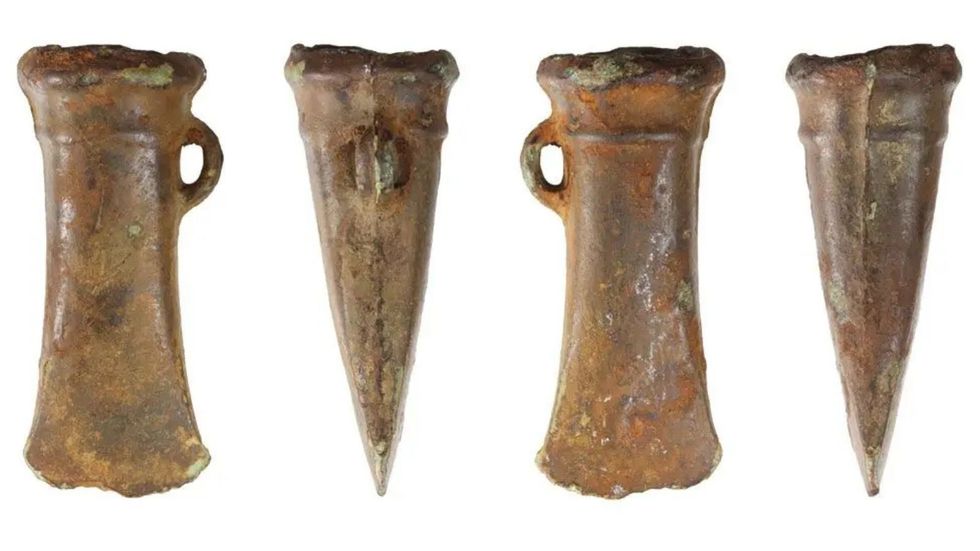
Four axe heads were found in the 'very unusual' discovery
|NORFOLK COUNTY COUNCIL
The curator for the British Museum's early Europe (Neolithic and Bronze Age) collections added: "That seems like an insignificant amount of lead, but if you talk to people who do experiments with bronze casting today, they say it makes a big difference to the melting point of bronze and its pourability into complex and intricate moulds."
Hoards of lead from the this era are very uncommon despite the material's importance during the time period.
Only one other Bronze Age lead ingot is in the British Museum.
It was excavated by archaeologists at a trading site on the River Thames at Runnymede Bridge, near Egham in Surrey, in the 1980s.
ARCHAEOLOGY BREAKTHROUGHS - READ MORE:
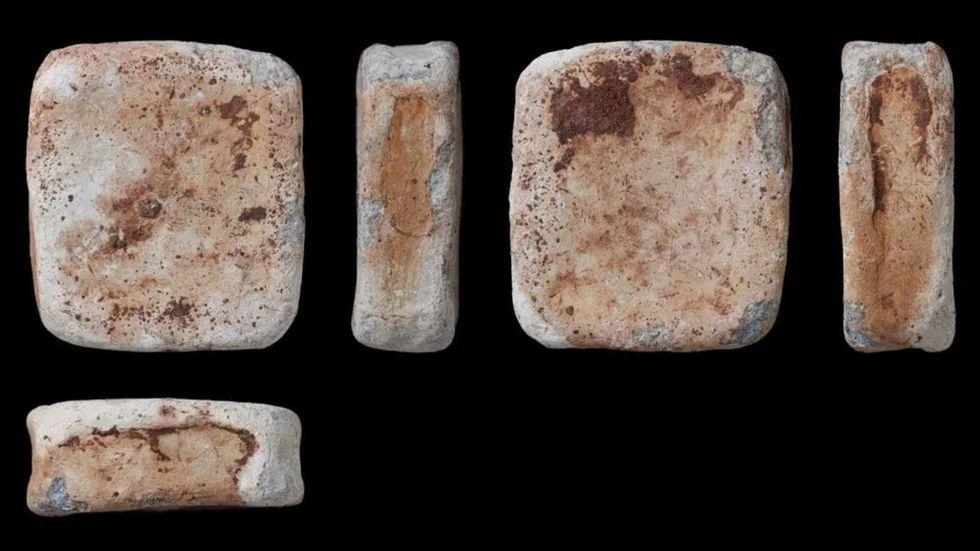
The lead ingots were discovered by a metal detectorist in Dereham, Norfolk
|NORFOLK COUNTY COUNCIL
Dr Wilkin believed that the site at Dereham was likely also a trading post due to its proximity to the North Sea.
He said: "There's a lot of evidence that it was quite a specialised craft and the smiths might have been itinerant and might have gone around several different communities creating tools for them."
The curator emphasised that each object found was important because they "tell us about that particular moment in time".
For example, the woodworking gouge "is similar to gouges found in carpenter's wood kits today", while the sword piece "says something about conflict being an issue at that time".
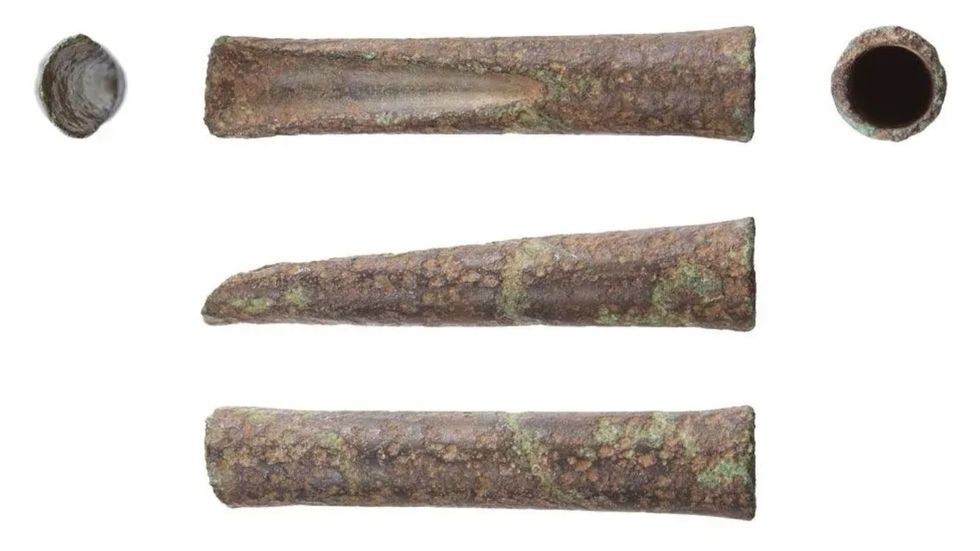
A woodworking gouge was among the objects found in the hoard
|NORFOLK COUNTY COUNCIL
The hoard is currently going through the treasure process, which includes the reporting, identifying, and valuing of objects of potential treasure under the Treasure Act 1996.
A coroner at a treasure inquest decides if an object is treasure, and whether a museum should be given first refusal over it.
It is understood that the British Museum is interested in acquiring this hoard.









